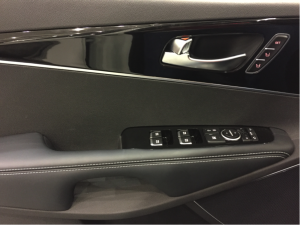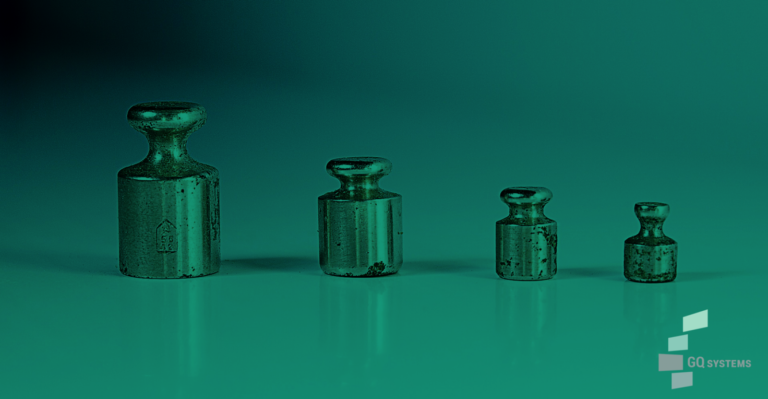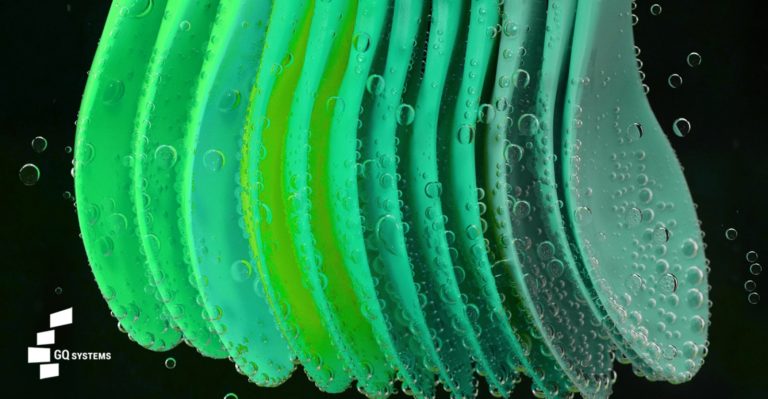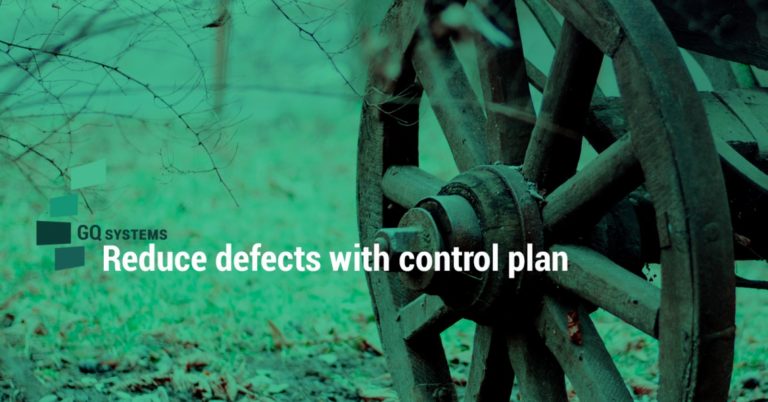
We work in different industries and as each industry has its own demands, the color measurement is not an exception.
A pass/fail tolerance is understood as the amount of color variation that is taken as acceptable. For the parts are tolerances specified by customer expectations. In automotive, plastics, paint and coating industry are the color tolerances very tight, but in other industries they can be much less strict.
For example, if you work in automotive industry, everything from the bumper through the door handles to the steering wheel and dashboard must match unconditionally regardless of lighting conditions. Due to this requirement are the pass/fail limits for automobiles very, very strict.
On the other side tolerances must also reflect the capability of the production processes. A delta E CMC setting makes it much harder to achieve expectations for accurate and consistent color. In the automotive industry, the processes for painted or injection-molded parts are highly capable. They can make very small repeatings of the same part over and over again with the same precise color control.
For other industries is not that easy at all.
For example in printing, where the standards may be G7, SWOP or GRACol. Other master numbers can come from an OK sheet or an approved press pull. Unfortunately a printing press is not capable to achieve a tolerance anywhere as it is in paint process with consistent basis. Most printing applications do not even try a commercial factor of 0.5. They would be throwing away virtually everything they made.
Printing industry standards are usually L*a*b or LCh, Delta E CMC or often simply delta E. The typical setting for observers is D50 lighting, 2-degrees, as opposed to D65/10 for the car. The typical printing pass/fail standard is a delta E CMC of 2.0 or more. In some processes it may be even 5.0. Print tolerances have to be then more free because this process simply cannot do better on a consistent basis.
For industries, such as textiles, furniture, wall coverings or retail paint, the setting of the delta E CMC is too low. It means that they are not able to produce sellable products at a good cost.
The pass/fail tolerance setting is definitely about finding the balance between process capability and customer expectations, a buy-sell agreement between how accurately the customer wants you to make it and how much the customer is willing to pay.
Tips how to set the achievable tolerances:
- Find out what lighting is taken as important in your industry.
- Evaluate your processes and how capable they are to meet the expectations.
- Look for established standards that you should follow, such as ISO, ASTM, SNAP, GRACol, G7, A2LA and/or AATCC.
- Find out what your competitors are doing and how they work.
- And finally, talk to your customers. They are the ones, who should be satisfied as first. 🙂
Author: Jana Loskotova











